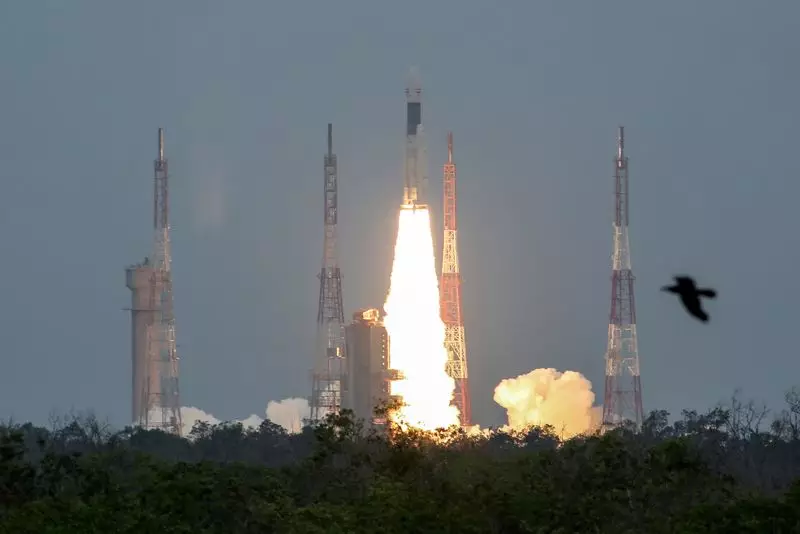Space exploration has always been fraught with challenges, from the vast distances involved to the extreme conditions of outer space. One of the lesser-known but critical issues that has plagued spacecraft and rockets is the problem of helium leaks. Recent incidents involving NASA’s Starliner and SpaceX’s Polaris missions have once again brought this issue to the forefront, highlighting the importance of understanding and addressing this persistent problem.
Helium, with its inert properties and low atomic number, plays a crucial role in the functioning of rockets and spacecraft. Its ability to remain a gas even in super-cold environments, along with its non-reactive nature, makes it an ideal choice for pressurizing fuel tanks and cooling systems. Helium helps maintain the overall pressure inside the tanks, ensuring a steady flow of fuel to the engines without interruption. However, its small atomic size and low molecular weight also make it prone to leaks, which can pose serious challenges during space missions.
The issue of helium leaks is not a new one in the aerospace industry. The tiny size of helium atoms allows them to escape through small gaps or seals in storage tanks and fuel systems, making detection and mitigation a critical aspect of spacecraft design and maintenance. Recent incidents, such as the helium leaks detected in Boeing’s Starliner spacecraft, have underscored the need for improved valve design and tightening mechanisms to prevent such leaks from occurring in the future.
While helium has been the predominant choice for pressurizing fuel tanks in rockets, some launches have experimented with alternative gases such as argon and nitrogen. These gases, like helium, are inert and can sometimes be more cost-effective. However, helium remains the preferred choice due to its prevalence in the industry and unique properties. Efforts to innovate and develop new pressurization systems, such as the novel approach taken by Europe’s Ariane 6 rocket, highlight the ongoing quest for solutions to the helium problem in space exploration.
The issue of helium leaks in spacecraft and rockets continues to be a critical challenge for the aerospace industry. While helium’s unique properties make it an ideal choice for pressurizing fuel tanks and cooling systems, its susceptibility to leaks underscores the importance of constant vigilance and innovation in space exploration. Efforts to address this issue, through improved valve design, tightening mechanisms, and alternative pressurization systems, are essential for the future success of space missions. Only by tackling the helium problem head-on can the industry ensure the safety and reliability of spacecraft and rockets in the unforgiving environment of outer space.

